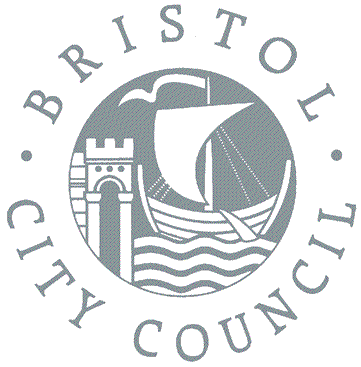Broomwell House, Brislington
Archaeologists from Bristol and Region Archaeological Services monitoring development at a site in Wick Road in Brislington investigated the remains of Broomwell House. This was a substantial stone house built in the 1760s and has a particular significance for anyone interested in the archaeology of Bristol because it was owned by George Weare Braikenridge between 1823 and his death in 1856.
Braikenridge was one of Bristol’s most notable nineteenth-century antiquarians and is best known today, perhaps, for the many hundreds of watercolours he commissioned in the 1820s which provide such an extraordinary record of the city. Yet he also collected medieval and later objects including historic furniture, illuminated manuscripts, stained glass, historical documents and wooden statues. This collection was gathered together in the library at Broomwell House where several distinguished academic visitors came to view it. There is an unusually good record of the house when Braikenridge lived there because both the exterior and interior of the house were drawn by some of the artists who provided him with drawings of Bristol. Braikenridge’s sons inherited the house and its contents but after they had died the collection was auctioned and Broomwell House sold. It was demolished in the 1920s.
The archaeologists have recorded the footprint of the entire house, including the library. Finds have included highly decorated floortiles which confirm the accuracy of the drawings which show tiled floors but do not indicate how colourful the interior must have been.
The house will be buried once again when the archaeologists have completed their work and will be preserved beneath the front gardens of new houses to be built on the site.
Tags: dwelling, post-medieval
- Categories
- Events
Excavations
Finds
Survey
BaRAS is registered as an organisation with the Chartered Institute for Archaeologists
All material © copyright BaRAS 2004 – 2016




